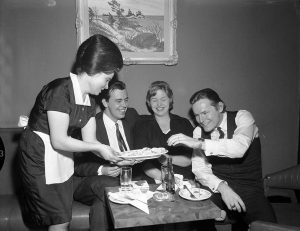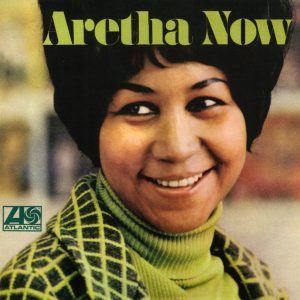Marcus Roberts is as impressive as any musician covered by The Daily Music Break. It’s not fair to the others to say more impressive, since some personal struggles are not as dramatic and obvious as blindness. Also, of course, many musicians are blind. However, it’s difficult to think of anyone handling such a fate any better than Marcus Roberts.
Roberts was born in 1963 in Jacksonville, FL. He became blind at the age of five due to cataracts and glaucoma. To have the memory of sight likely presents different issues than those who are blind from birth. Consider this, which comes from the Q&A at Roberts’ site:
I lost my sight in 1968 when I was five years old. My Mom is also blind, so she helped me a lot early on in coping with the problem. She found special schools for me where I could go to learn Braille and skills to become more independent. Neither of my parents tolerated self-pity. Their attitude encouraged me to take advantage of any new technology or information available that would make the disability less disabling or easier to deal with. Thanks to my parents, I have always believed that if you face (and even embrace) a problem or difficult set of circumstances you will find some type of solution or at the very least, learn to cope with it better. I think that may be what attracted me to jazz from the beginning. This music has always made me feel better—more confident—and it put me in touch with great men and women who overcame adversity, like Ella Fitzgerald, John Coltrane, Duke Ellington, Louis Armstrong, and Mary Lou Williams.
The profiles tell the chronological story. Some of the most interesting points are that Roberts attended the same school — the Florida School for the Deaf and the Blind in St. Augustine, Florida — as another pretty good piano player by the name of Ray Charles. The sites also report that Wynton Marsalis gave Roberts his first big break by bringing him into his group. He remains a friend and mentor.
Marcus Roberts Updates the Past
Roberts is deeply immersed in jazz classics and performs them often. A good example is his take on Scott Joplin’s “Maple Leaf Rag,” which is above. The original definitely is there, but Roberts is not shy about expanding it.
AllMusic’s Ron Wynn explains that Roberts took what may be described as a parallel path to that taken by many players between classic jazz piano and where the art is today. Roberts, he wrote…:
…is a technically gifted pianist who focuses on older, pre-1950 traditional styles with little if any ties to such modern touchstones as McCoy Tyner, Ahmad Jamal, and Bill Evans. He has some Thelonious Monk influence, especially in his phrasing, but Roberts‘ models have predominantly been Jelly Roll Morton and Fats Waller. While his earliest work reflected pronounced gospel and blues ties, mixed with bebop, Roberts later devoted himself to stride and ragtime.
Below is “It’s a Folk Dance.”
Wikipedia, AllMusic and Marcus Roberts’ website were used to write this post.










Add Comment